20+ Years Experience
Specialist Soft Play Equipment
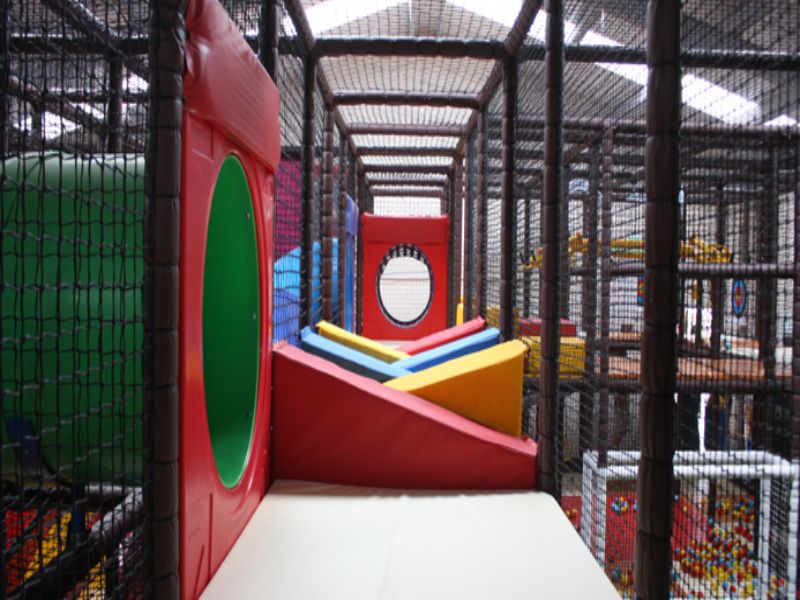
Regular soft play maintenance should be an important part of any business plan. We’re here to show you the benefits of regular maintenance visits.
We are here to show you why regular indoor soft play maintenance matters – from reducing wear and tear to improving public safety. Whether running your own indoor soft play facility or helping to look after another one, this post will provide information about the importance of regular maintenance visits.
Indoor soft play centres in the UK must take the necessary steps to ensure their compliance with safety regulations and that their equipment and environment are kept in optimal condition.
This includes regularly scheduled inspections, maintenance checks, and repairs or replacement of worn-out equipment to ensure a safe, clean, and enjoyable experience for all visitors.
If you would like a price for maintaining your soft play centre, please get in touch with our team today.
Maintaining the safety and cleanliness of indoor soft play areas is essential for all UK businesses.
Poor safety and maintenance standards could place business owners at risk of fines, legal action, or even closure from local authorities.
On the other hand, proper maintenance will ensure that customers keep returning to these establishments as a safe and enjoyable environment for their children.
Many indoor soft play facilities in the UK are subject to regular safety checks conducted by local authorities.
Inspection officers arrive unannounced to check safety equipment such as trampolines, slides, bounce castles, foam pits and other features. You can find out more about trampoline installation here: www.soft-play-equipment.co.uk/trampoline-park-installation
If they find something that isn’t up to standard, they could issue a notice demanding improvements have been made before it’s re-opened.

Therefore, any indoor soft play facility must work with an up-to-date Health & Safety Guide to ensure it remains compliant with all regulations. Find out more about safety guidelines here.
In terms of cleaning and hygiene maintenance, a regular dusting of mats and equipment should be undertaken in addition to frequent vacuuming or steam cleaning of carpets, walls and seating if applicable.
To reduce wear and tear, unused toys should be rotated out periodically and inspected for faults before use. For visitors to maintain hygiene standards during their visit, hand sanitiser bottles should be available throughout the venue; this provides an added layer of sanitation and encourages behaviour etiquette amongst younger children.
By correctly managing both safety and cleaning protocols, indoor soft play areas can remain reliable sources of entertainment for British families looking to enjoy a safe environment without compromising on customer experience.
This section discussed how best performing soft play areas can manage their maintenance requirements whilst complying with industry standards regarding safety alongside hygiene practices; the next section looks at how design and layout are used to optimise customer flow around an indoor soft play area, thus creating a more enjoyable atmosphere inside the venue.
Safety and cleanliness in indoor soft play areas are essential for UK businesses to maintain.
This includes regular safety checks from local authorities, frequent dusting and vacuuming of mats and equipment, rotation of unused toys with inspections, easily accessible hand sanitiser, and weekly inspections combined with updated technology like metal detectors and CCTV cameras.
All of this should help ensure the venue remains a safe and enjoyable space for customers.
The design and layout of indoor soft play areas are important considerations when ensuring the safety of visitors.
A well-designed, safe space should have wide corridors to allow children to move around without getting crowded or crashing into obstacles. Open-ended spaces also enable parents to watch their kids as they explore the area.
Using materials that are non-toxic, fire retardant, and easy to maintain is also essential. Soft play areas should also be free from toxic fumes or other dangerous substances that could poke, burn, or irritate children’s skin.
All furniture pieces and fixtures should be thoroughly tested before being used in any children’s area, such as a soft play centre.
Different elements of the area can be arranged in various ways to create different difficulty levels and foster creative thinking. Providing diverse sensory experiences is also important for helping children with motor skills development.
Conversely, taking up too much space with too many elements can cause confusion and overcrowding, leading to unnecessary risk of accidents or injuries.
Thus, businesses must find the right balance between providing enough options for young customers while still staying within their budget and floor limitations.
Businesses must also consider whether their soft play areas will attract young and older visitors so that they can design an appropriate layout that is safe and fun for everyone in any age group. A versatile design will help ensure customer satisfaction for all types of visitors.
Finding the right balance between size and safety can help attract a wide range of customers while minimising potential risks associated with overcrowding or unhygienic conditions.
By carefully considering design and layout when constructing an indoor soft play centre, businesses can create a safe but enjoyable environment which maximises customer satisfaction and safety levels.
As the owner of any indoor soft play facility, the efficient use of space is vital to day-to-day operations. With limited indoor space and potential customers visiting regularly, it’s important to ensure that every inch of ground is used to maximize play opportunities and keep guests happy.
Creating a layout that will best serve your clientele depends vastly on the size of the facility, available materials, and its goal. It should be tailored to suit your visitors’ needs while not overcrowding the area or oversubscribing activities.
If it proves too small, some features might have to be left out or reduced to allow for proper movement and to reduce the risk of injury. On the other hand, if it is too large, there may not be enough demand for certain activities or special events that make the most out of the space.
By utilizing well-defined paths, furniture arrangements and designated activities, it is possible to maximize the use of space in a way that commands more time with each visit.
The structure can allow for creative uses, such as an outdoor play area with soft obstacles and unique material combinations.

Additionally, comfortable furniture can be placed around important areas like control panels and ticket windows where possible while giving children extra seating and storage options when they require them during extended visits.
Maximising the use of space encourages better engagement with guests, attracts more revenue and can help reduce costs associated with frequent maintenance needs due to its design.
By looking at different ways to efficiently use all available space, it is possible to offer an unbeatable fun experience for adults and children within their comfort zone.
Owners can create safe and inviting spaces tailored to their visitors by ensuring child-friendly designs and environments. This section will discuss why this is so important in further detail.
An overlooked but essential aspect of regular indoor soft play maintenance in the UK is the need for a child-friendly design and environment.
This is extremely important from a safety standpoint, as parents entrust their children to these facilities and must ensure that any risk associated with the play area is minimised.
Moreover, many parents consider a safe and inviting environment paramount for their children’s experience.
There are several key considerations when designing a child-friendly environment that conforms to health and safety regulations. For example, materials must be carefully selected so they don’t create hazardous conditions, such as hard surfaces that could cause injury if a fall occurs.
Furthermore, adequate cushioning between equipment components must be provided, sharp edges should always be avoided, and all protrusions should be checked regularly for safety.
In addition to physical features, colours and materials should also be deliberately chosen to capture children’s imaginations. Brightly coloured shapes and textures may help spark exploration and creative play without inhibiting normal movement.
It is also important for designers to ensure sliding areas are well-ventilated, preventing the development of potentially dangerous bacteria which can accumulate in enclosed or poorly-ventilated spaces.
Always keeping child-friendly design and environment top of mind during maintenance checks, facility managers can rest assured that their premises remain fun, inviting and safe for little ones.
This section has addressed the merits of creating a child-friendly atmosphere within an indoor soft play facility – the next point will focus on hygiene standards & maintenance from both legal and practical perspectives.
Hygiene standards and maintenance are crucial for any indoor play establishment. Soft-play areas are particularly vulnerable to the spread of infections, as large groups of children and adults from diverse backgrounds often frequent them.
For that reason, ensuring adequate hygiene standards is a must. As infection control is an increasing concern in this environment, regular indoor soft play maintenance is essential.
Regarding hygiene requirements for soft plays, certain regulations need to be observed. Soft play spaces must be regularly cleaned and disinfected using specialist cleaning products.
Areas such as seats, slides and handrails must be thoroughly sanitized regularly to stop the spread of infectious diseases. Proper handwashing facilities must also be provided so visitors can keep themselves clean while playing in the area.
Finally, all equipment should be maintained in good condition and regularly inspected to ensure safety.
Regular maintenance is important in maintaining high hygienic standards at indoor soft play centres. It not only reduces the risk of contamination but also ensures a safe environment for children and adults alike.

Moreover, regular cleaning and inspection practices can help identify potential health hazards before any incident occurs.
However, it is worth noting that the most important factor when it comes to hygiene is how people behave within the space – particularly those with responsibility or authority over it (e.g. supervisors).
Regular reminders must be given to visitors about proper hygiene practices, such as frequent hand washing and avoiding contact with objects and surfaces which could be contaminated.
Cleaning and disinfecting surfaces should go hand-in-hand with keeping up knowledgeable supervision at soft-play establishments; this way, you can guarantee a safe experience and peace of mind for everyone involved in the activity.
In the next section, we will explore cleaning and disinfection methods commonly used in these indoor play areas to maintain an optimal level of hygiene properly.
Cleaning and disinfecting surfaces inside a soft play environment are vital to protect children, encourage hygiene and reduce the risk of infections and illnesses.
Mopping, wiping, and scrubbing should be regularly undertaken to ensure all surfaces inside the play equipment are free from dirt and debris.
The use of antibacterial cleaner is recommended for a thorough clean that will ensure bacteria are killed off, but conventional cleaning methods can also suffice.
That said, not all surfaces need to be cleaned after each visit. It is important to understand which materials can be easily wiped down with a surface cleaner or wet cloth and which items should remain untouched for months.
Inspecting these surfaces more often using ultraviolet light to detect areas that need deep cleaning is recommended.
Cleaning materials such as mops, buckets, sponges and rags should also be disinfected regularly. Many people recommend the use of steam cleaners for difficult-to-reach areas, as well as using special cleaning products designed for soft play equipment.
Whilst it is certainly essential to carry out regular cleaning and sanitation of indoor soft play areas, it is equally important to consider the environmental impact of such practices when selecting products.
Finally, it is important to stress that frequent maintenance of soft play equipment should never substitute a good hygiene policy; this means ensuring children wash their hands thoroughly before and after playing or eating food in an indoor soft play environment.
Regular inspection of indoor soft play equipment is an essential part of maintaining a safe and inviting environment and promoting personal health and safety.
It not only ensures that the structure remains sound and the pieces fit together properly but also observes the material to ensure it is still in good condition, searching for signs of wear and tear and verifying all the parts that can be easily damaged are undamaged.
Inspecting play equipment also ensures that any necessary repairs – large or small – are made promptly. This helps to reduce the chances of serious injury while providing a safe space for kids to explore and discover without worries.
Inspectors must also look over a facility’s electrical systems, ensuring all wires are properly insulated and all circuits are functioning properly. This limits potential hazards from exposed power lines or loose connections.
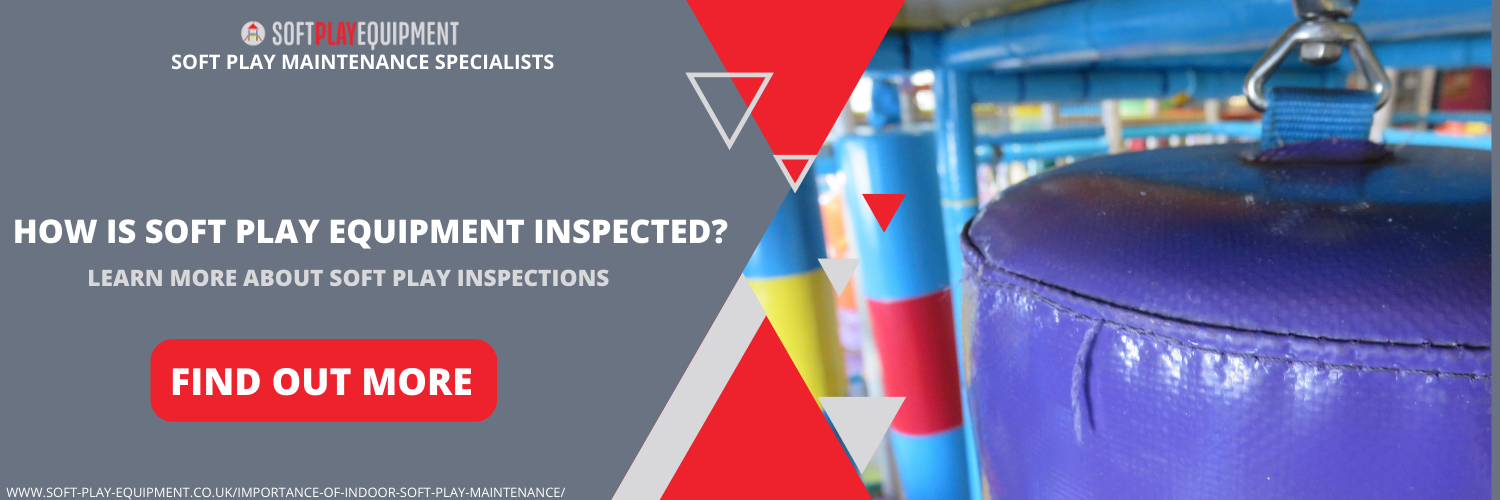
Additional inspections ensure fire alarms, extinguishers, and emergency exit signs are visible at all times, ensuring maximum safety if there is an incident within the facility.
This can be highly important in keeping visitors secure and aware of their surroundings and limiting liability for the owner/operator of the play area should anything happen. In addition, the right inspections can go a long way in preventing accidents or emergencies from occurring, which should always be a priority.
There are some arguments against regular inspections. However, they are outweighed by all of the important safety measures inspections bring to these play areas.
As such, despite debate from both sides, it stands that frequent inspections with certified inspectors will ensure facilities meet safety standards for everyone’s benefit and acknowledgement.
Regular inspections are key to encouraging a safe environment in any indoor soft play setting.
Creating a safe play environment is essential for any indoor soft play centre. Health and safety must be a priority for both the owners and staff at the centre and the children and their parents. There are several ways to encourage a safe play environment that can help protect both children and adults.
It is important to provide soft material on the gym or play area ground. This ensures that if a child falls over or jumps from an elevated surface, they will be protected from hitting the hard ground or other hard surfaces below.
It is also important to make sure any climbing walls are fixed securely to prevent any heavy objects from falling on curious adventurers.
Another way to promote safety in a soft play centre is through supervision. It is essential that there are enough trained staff members on duty during operating hours to monitor the behaviour and intervene if necessary.
The ratio of one supervisor per child should be met to ensure that all patrons are safe and secure while playing in the indoor soft play area.
Similarly, frequent maintenance of all toys and equipment will help maintain a safe environment in the soft play centre.
Any damaged toys should be properly disposed of, repaired, or replaced immediately to prevent any accidents that may take place due to loose parts or sharp edges. Routine checks can help ensure that all toys and equipment stay safe for use by children.
Finally, proper guidelines are key for regulating behaviour in a soft play area, such as clear signage regarding acceptable behaviour, ensuring children don’t push each other and avoiding dangerous postures when playing on slides or swings.
These measures are crucial for keeping everyone safe when playing in an indoor soft play facility.
Encouraging a safe and secure play environment is essential for running any indoor soft play centre within the UK; however, it takes more than just implementing these rules and regulations – regular maintenance can help ensure that these policies are being followed correctly.
Poor maintenance can lead to unsafe equipment or surfaces that can cause slips, trips and falls.
Furthermore, it can also contribute to an environment with increased dust, dirt, and bacteria that could potentially spread diseases.
On top of this, inadequate maintenance could decrease activity levels due to children feeling uncomfortable in a neglected space or unappealing design.
This could also result in lower attendance which would be a financial loss for the owners.
Finally, if no regular maintenance programme is implemented, it would be difficult for the staff to identify potential issues before accidents occur.
Therefore, failing to maintain indoor soft play facilities in the UK properly could have serious consequences not just for safety but also for financial gain and public health.

The most common maintenance issues in indoor soft play facilities are related to safety, hygiene, and equipment.
Safety concerns typically relate to ensuring all children remain safe in the facility by checking for loose or damaged surfaces and adding padding, rails, or other features if needed.
Hygiene concerns include regularly cleaning, disinfecting, and inspecting the facility for mould or pests. Regular inspection and maintenance of the soft play equipment are necessary to ensure that it functions properly and safely.
This can include tightening bolts, replacing worn parts, lubricating moving components, and providing secure connective elements between tools.
By taking these steps regularly, hazards can be avoided, and children can have peace of mind when playing.
When maintaining an indoor soft play facility in the UK, there are a few key guidelines that should be followed to ensure the safety of all participants:
Following these simple guidelines guarantees that your indoor soft play facility provides a safe environment for everyone who uses it!
Soft play maintenance is a fundamental component in any UK-based indoor play area or soft play centre operation, as it ensures user safety and promotes a good customer experience.
Regular maintenance helps protect staff and players from hazards inherent in indoor soft play centres and ensures that the premises remain a safe and clean environment for everyone.
Properly maintained equipment can provide longer service levels with fewer breakdowns and repairs and help maintain consistent standards of quality and customer enjoyment.
Furthermore, regular maintenance can help reduce costs associated with repairs and replacement parts, often saving businesses money in the long term.
At the same time, it should be acknowledged that the effort required to carry out regular maintenance can often be significant, with the need for specialist skills and expertise that may not always be available within the business.
This can lead to additional costs in terms of personnel or outsourcing of maintenance services. Nonetheless, it is important to consider that decreased repair costs and improved customer experience could outweigh this expense.
Overall, regular annual (or biannual) maintenance should be seen as an essential practice that offers significant benefits for businesses and customers.
By ensuring that their premises are safe and properly maintained on an ongoing basis, businesses operating indoor soft play centres can minimize the likelihood of accidents while maximising the lifetime service they receive from their equipment.
This form of proactive maintenance is worth investing in for many UK-based companies offering indoor soft play experiences.
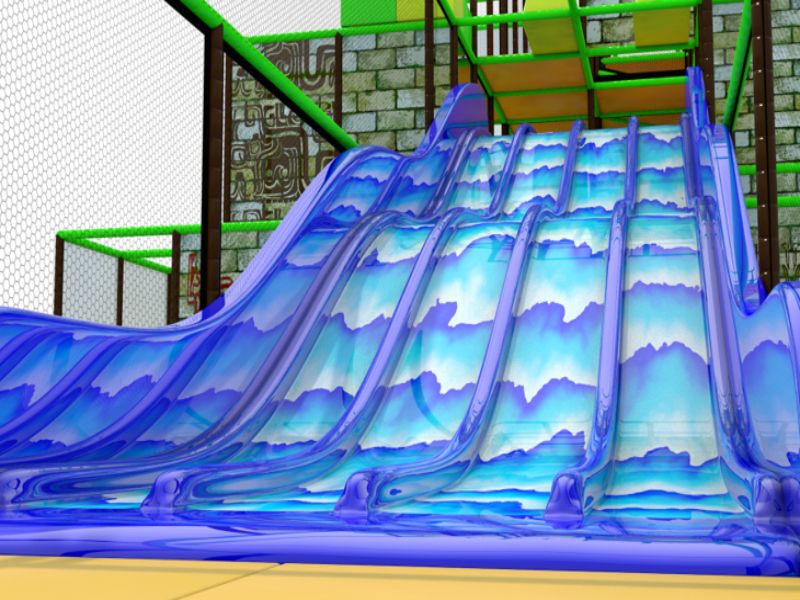
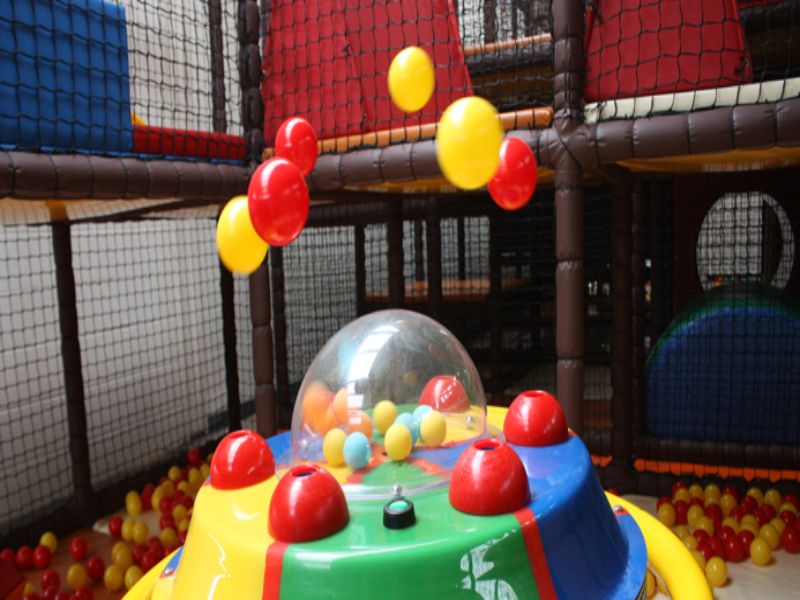
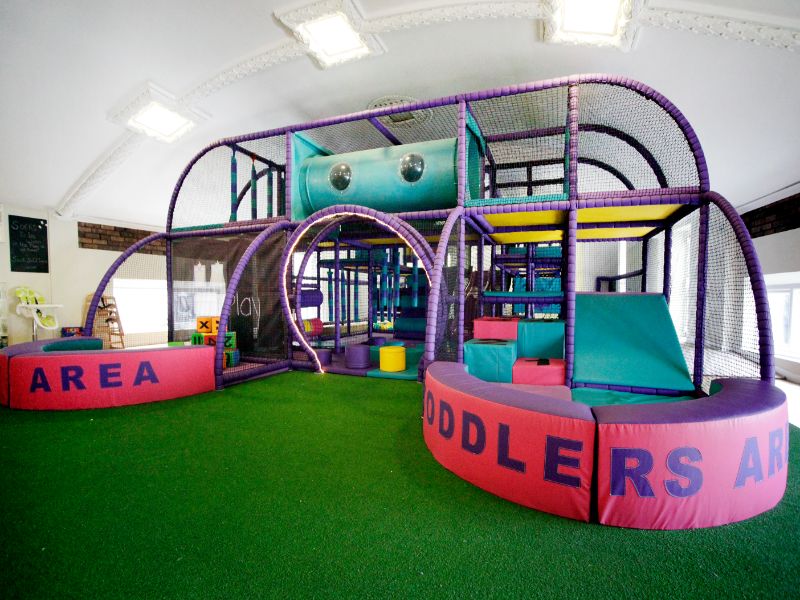

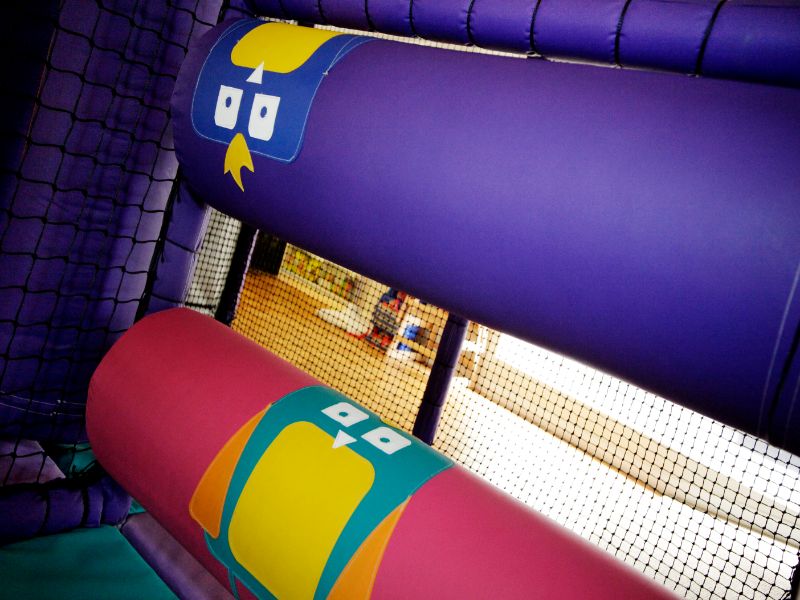
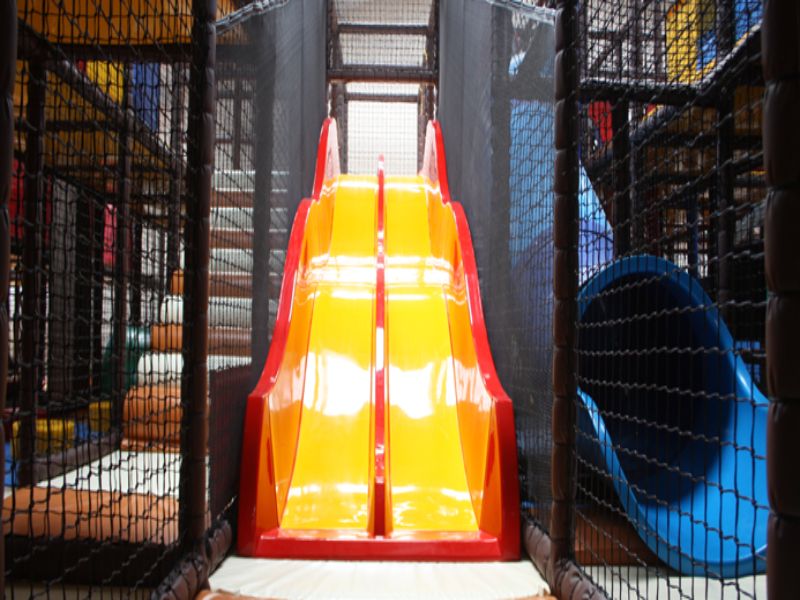

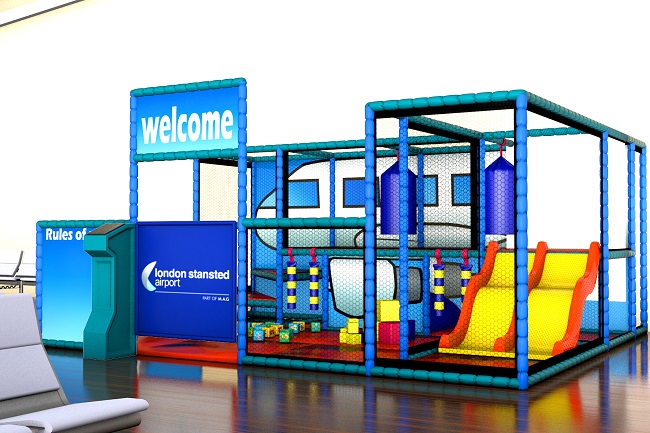


We Aim To Reply To All Enquiries With-in 24-Hours